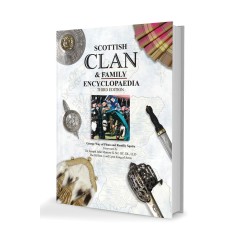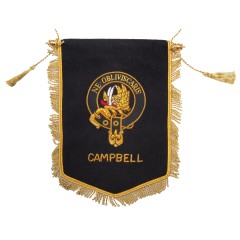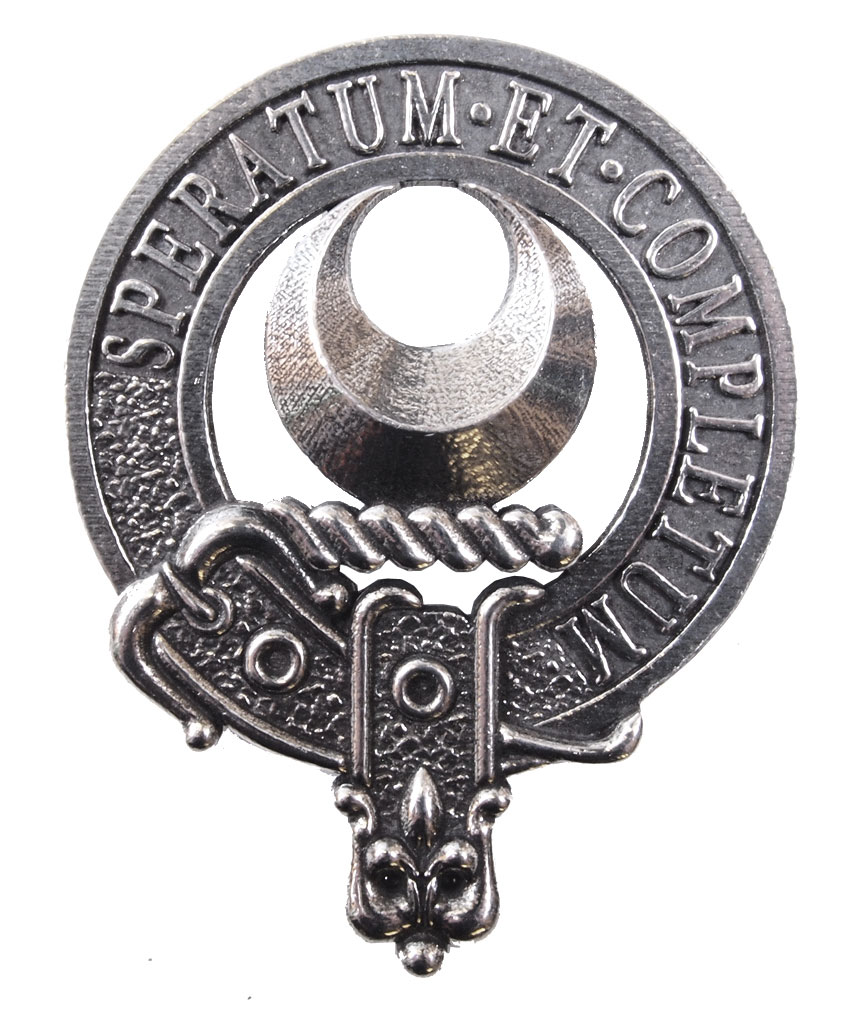-
Kilts
- Jackets
-
Sporrans
Dress Sporrans are the most formal and eye-catching type of civilian sporra..The trusty 'all-rounder': not as informal as the Day Sporran, not as formal..The Day Sporran is a trusty, durable everyday accessory for your Highlandwe..Here you'll find quality sporran accessories and spares. Spruce up your out..
-
Women
Whether you’re heading out for a brisk evening walk or attending a sophist..Crafted with meticulous attention to detail, our waistcoat will feature yo..St Kilda’s Tweed blazers and waistcoats are meticulously handcrafted in Sc..Looking for a practical bag that also celebrates your Scottish heritage? S..
-
Accessories
Here you will find buttons and swatches. We recommend swatches as the best..Here you will find the essential Hangers, Bags and Carriers for storing and..
-
Gifts
Celtic artists from Scotland and Ireland have left a legacy which has endu..
- Clan
-
Clearance
No waiting - all these hand-made sporrans are made up and ready to go. All ..
Crest Meaning: Arnot
A surname from the placename in Kinross-shire. The crest for Arnot is an upturned crescent.
No crest was recorded for the senior line of the family Arnot of that Ilk (i.e. Arnot of Arnot), but the gold Crescent with motto ‘speratum et completum’ was recorded as the crest of Arnot of Balcorno and Arnot of Arlary in Alexander Deuchar’s 1817 British Crests, containing the crests and mottos of the families of Great Britain and Ireland.
Incidentally, at the same time an Arnot living in England was using a tower with a blue flag as his crest (but with no motto), while a Dr Arnot of Edinburgh had a hand holding a dagger and the motto ‘Pax Armis Acquiritur (p.14).
The crest of a crescent seems to take its lead from the shield used by the Arnots of that Ilk, although it’s slightly confused as to what exactly their arms were, as various versions are recorded (Heraldry Society of Scotland Mitchell Rolls):
- A red chevron with three red stars on white background (Queen Mary Armorial, circa 1561)
- A black chevron with two black stars above and a black crescent below on white background (Slains armorial circa 1565)
- A gold chevron, two silver stars above and a silver crescent below, all on a blue blackground (Seton Armorial of circa 1591)
- A silver chevron and three silver stars on a black background (Lindsay of the Mount Armorial, 1599)
- A black chevron between three red stars on white background (The Balfour Manuscript of about 1633 - noted in Nisbet’s 1724 _System of Heraldry_, p.161)
- A black chevron and three red stars on white background (Sir George MacKenzie’s 1680 Families of Scotland manuscript)
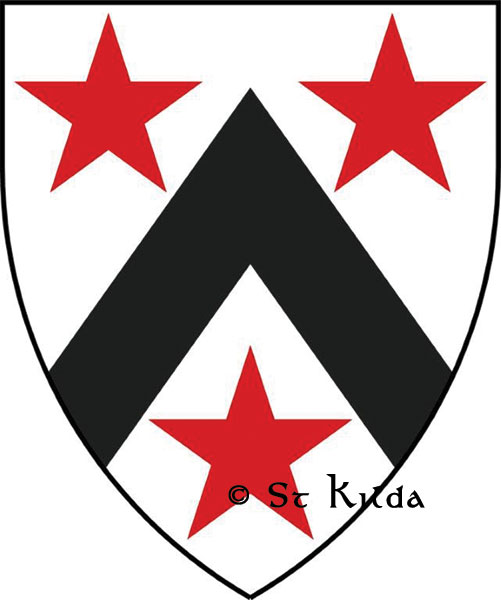
In Scottish heraldry the crescent symbol is often used as a mark to indicate a second son. Sir George MacKenzie of Rosehaugh’s 1690 _Science of Herauldry_ says ‘the second Son has a Crescent, to show that he should encrease the Family, by adding to the Estate and Repute of the Family’ (p.72)
Meanwhile James Coats 1725 New Dictionary of Heraldry says that stars are ‘the Eyes of Heaven, and most glorious Part of the Creation… as to Morality, Stars are the Emblem of Prudence, which is the Rule of all Virtues, and leads us to worthy Actions, enlightening us through the Darkness of this world’ (p.317). Just to confuse things, MacKenzie (quoted above) noted that a third son was usually represented by a star, the ‘mullet or Spur Royal, to show that he should follow Chevalry.’ (p.72)
The chivalric link is probably what the Arnots of that Ilk were emphasising with the stars. The occasional inclusion of the crescent at the bottom is a puzzle, either suggesting descent through a second son, or else they might have just been keen on a stars and moon motif representing the heavens.
The Balfour Manuscript of 1633 also mentions three cadet branches of the Arnots, which take the basic template set down by the leading family and elaborate:
Arnot of Fern had silver chevron, three silver stars, and added a silver crescent above the bottom one, and all on a blue background. We can probably take this crescent as indicating that they descended from a second son of Arnot of that Ilk (at a time when they kept three stars) and just added the crescent to make this point.
Arnot of Balcorno meanwhile kept the usual white background and had black chevron and three red stars. However, they had a bordure (a border). The bordure was another sign of descent from a second son. It is this branch of the Arnots in the Balfour Manuscript that introduce the motto ‘Speratum et completum’.
Arnot of Eastynd had the same design as Balcorno, but added eight crescents to the Bordure, which in turn would suggest they descended from a younger son of Balcorno. Again, even with this, crescents seem to be an especially popular Arnot symbol – eight seem more than adequate to make the point. MacKenzie noted in his book that Scottish heraldry had an extreme fondness for adding these sorts of symbols to denote cadet branches, and that it ‘has absurdly fill'd our [coats of arms] with more Crescents and Mullets [stars] then are in the Arms of all Europe besides’ (p.73).
Overall, it is likely that the crescent was chosen for the Arnot crest as it fitted the theme of stars and moon represented in the shield. Perhaps this had its origins in younger sons, but it may equally have been a favoured symbol of the night sky and the heavens.
The motto is speratum et completum: ‘[that which is] hoped for and fulfilled’. The only possible source for this we’ve found is in the works of Peter Abailard (died 1142), ‘…quia amplius in amorem accendit completum beneficium quam speratum’, although this probably a coincidence. Either way, the symbols of stars and crescents were often filled with notions of hope (i.e. because you pray to the heavens above), so this fits the overall theme.
Miles Kerr-Peterson 25 June 2020, revised 8 August 2023







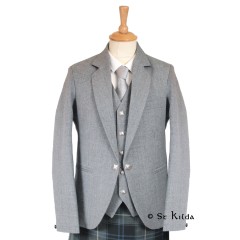













-240x240w.jpg)
















